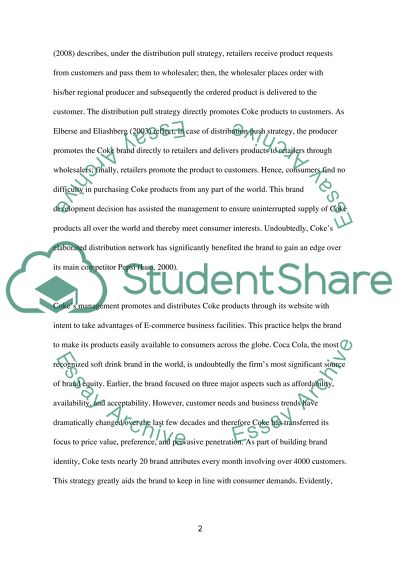Cite this document
(“Coca Cola: Brand Audit Essay Example | Topics and Well Written Essays - 1500 words”, n.d.)
Retrieved from https://studentshare.org/marketing/1453930-brand-audit
Retrieved from https://studentshare.org/marketing/1453930-brand-audit
(Coca Cola: Brand Audit Essay Example | Topics and Well Written Essays - 1500 Words)
https://studentshare.org/marketing/1453930-brand-audit.
https://studentshare.org/marketing/1453930-brand-audit.
“Coca Cola: Brand Audit Essay Example | Topics and Well Written Essays - 1500 Words”, n.d. https://studentshare.org/marketing/1453930-brand-audit.


